Home>Garden Essentials>How Do Dandelions Spread Their Seeds
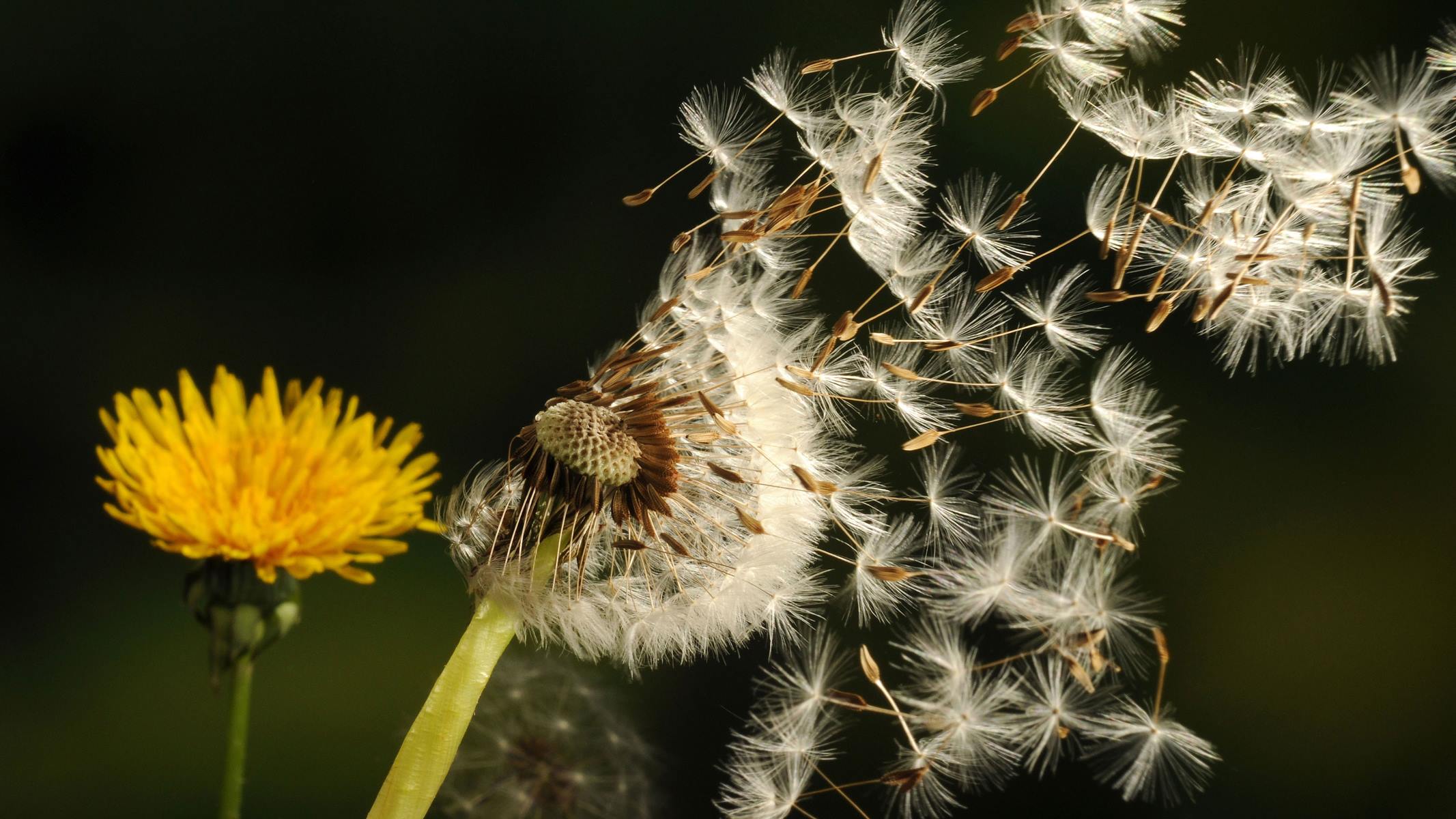

Garden Essentials
How Do Dandelions Spread Their Seeds
Modified: March 16, 2024
Learn how dandelions spread their seeds in the garden to understand their growth and propagation methods.
(Many of the links in this article redirect to a specific reviewed product. Your purchase of these products through affiliate links helps to generate commission for Storables.com, at no extra cost. Learn more)
Introduction
Gardens are a place of beauty, tranquility, and wonder. They provide a sanctuary for humans and a habitat for a plethora of plants and animals. One plant that is both loved and loathed by gardeners is the dandelion. With its vibrant yellow flowers and delicate puffball seeds, the dandelion has intrigued both young and old alike.
But have you ever wondered how these resilient plants spread their seeds to populate new areas? In this article, we will delve into the fascinating world of dandelion seed dispersal. We will explore the anatomy of a dandelion, its life cycle, and the various methods it employs to send its seeds out into the world.
So, grab your gardening gloves and join us as we uncover the secrets of how dandelions spread their seeds!
Key Takeaways:
- Dandelions spread their seeds through wind dispersal, using parachute-like structures to travel long distances and colonize new environments, showcasing their resilience and adaptability.
- In addition to wind dispersal, dandelions take advantage of natural and human forces to aid in seed dispersal, inadvertently contributing to their spread to new areas, highlighting their ecological significance.
Read more: When Do Dandelions Seed
Anatomy of a Dandelion
Before we delve into the intricate process of seed dispersal, let’s take a closer look at the anatomy of a dandelion. The common dandelion, scientifically known as Taraxacum officinale, is a perennial herbaceous plant that belongs to the Asteraceae family.
Dandelions feature a deep taproot that allows them to gather nutrients from deep within the soil. From this taproot, a rosette of leaves emerges. These leaves are deeply lobed and form a basal rosette close to the ground. The characteristic yellow flowers of dandelions appear on a hollow stem, rising above the rosette.
Each flower of a dandelion consists of multiple ray florets, arranged in a tight cluster. The yellow petals surrounding the central disc florets create a striking visual display. As the flowers mature, they transform into the familiar white puffballs that we associate with dandelions.
Underneath the puffball is a structure called the receptacle, which holds the developing seeds. These seeds are known as achenes and are attached to a feathery structure called the pappus. The pappus serves as a parachute-like mechanism that aids in dispersing the dandelion seeds far and wide.
Now that we understand the basic anatomy of a dandelion, let’s explore the life cycle of this remarkable plant.
The Dandelion Life Cycle
The life cycle of a dandelion is a fascinating journey that starts from a tiny seed and ends with the potential for hundreds of new dandelion plants. Understanding the life cycle is key to comprehending how dandelions spread their seeds.
It all begins with the dispersal of dandelion seeds. When the white puffballs mature, they are ready to release their seeds into the environment. The delicate seeds, attached to the feathery pappus, are carried away by various forces such as wind, animals, or even human intervention.
Once these seeds find a suitable spot to settle, they begin the germination process. The seedling emerges from the seed and sends down a taproot into the ground. This taproot anchors the plant and allows it to absorb water and nutrients from the soil.
As the dandelion plant grows, it produces a rosette of leaves close to the ground. These leaves gather energy from the sun through photosynthesis, enabling the plant to thrive.
When the dandelion plant reaches maturity, it produces the iconic yellow flowers. These flowers attract pollinators like bees and butterflies, which play a crucial role in fertilizing the reproductive parts of the plant.
Once the flowers are fertilized, they transform into the familiar white puffballs. Each puffball harbors numerous seeds, ready to embark on their own dispersal journey.
And thus, the cycle continues. The dandelion plant completes its life cycle, scattering its seeds far and wide, ensuring the survival and proliferation of the species.
Now that we have an understanding of the life cycle, let’s explore the methods that dandelions employ to disperse their seeds.
Seed Dispersal Methods
Dandelions have developed ingenious ways to disperse their seeds to new locations. These methods involve both natural forces and biological adaptations that aid in the dispersal process. Let’s take a closer look at some of the key seed dispersal methods employed by dandelions.
Wind Dispersal: One of the primary means by which dandelions spread their seeds is through wind dispersal. The lightweight seeds, attached to the feathery pappus, are easily lifted by even the gentlest breeze. As the wind carries the seeds, it helps to transport them over great distances, allowing the dandelion to establish itself in new habitats.
Parachute-like Adaptations: The pappus of a dandelion seed acts as a parachute, enabling the seeds to be lifted and carried by the wind. The feathery structure increases the surface area of the seed, causing it to float and glide through the air. This parachute-like adaptation allows the seeds to travel far from the parent plant, increasing the chances of successful colonization in different areas.
Aiding Forces: Dandelion in Action: While wind plays a significant role in seed dispersal, dandelions also take advantage of other forces to aid in the process. For example, when raindrops hit the dandelion puffball, it can cause the seeds to be forcefully ejected from the parent plant, propelling them to nearby areas. Additionally, animal interactions, such as grazing by mammals or birds brushing against the puffball, can also trigger seed dispersal.
Human Influence on Seed Dispersal: Humans unknowingly contribute to the dispersal of dandelion seeds. The seeds can attach themselves to clothing, animal fur, or gardening tools and travel to new locations. The unintentional transport of dandelion seeds by humans has played a role in the plant’s migration to various parts of the world.
Overall, dandelions employ a combination of wind dispersal, parachute-like adaptations, and the aid of external forces to ensure the widespread dispersal of their seeds. These methods increase their chances of survival and allow them to colonize new areas, even in seemingly inhospitable environments.
Now that we have explored the various seed dispersal methods, let’s move on to the next section to understand the impact of dandelions on gardens and their resilience in the face of adversity.
Wind Dispersal
One of the most effective and common methods of seed dispersal employed by dandelions is wind dispersal. The lightweight nature of dandelion seeds, along with their parachute-like adaptations, allows them to be easily carried by even the slightest breeze.
When a dandelion flower matures and transforms into a white puffball, it is ready for seed dispersal. These puffballs consist of numerous seeds, each attached to a feathery structure called the pappus. As the wind blows, the pappus catches the air currents, acting like a sail and lifting the seeds off the parent plant.
As the seeds soar through the air, they can travel incredible distances, often far from the vicinity of the original plant. This method of wind dispersal ensures that dandelion seeds can reach new areas and colonize diverse environments.
Wind dispersal allows dandelions to be opportunistic plants, taking advantage of wind patterns to maximize their chances of survival and successful reproduction. The ability to disperse seeds over long distances increases the likelihood of finding suitable habitats and resources.
It is fascinating how dandelions have evolved to take advantage of wind dispersal. These plants have a remarkable ability to adjust the size and shape of their pappus depending on the prevailing wind conditions. This adaptive mechanism allows them to optimize their chances of effective seed dispersal, ensuring the next generation of dandelion plants.
While wind dispersal is an efficient means of spreading dandelion seeds, it can also lead to their unwelcome presence in gardens and lawns. The wind carries the lightweight seeds to neighboring areas, leading to new dandelion plants taking root in places where they may not be desired.
Despite being considered as weeds by many gardeners, dandelions play a vital role in nature. They provide food and habitat for pollinators like bees and butterflies, contribute to soil health, and even have medicinal properties. Understanding their life cycle and seed dispersal methods can help us appreciate the resilience and resourcefulness of these incredible plants.
Now that we understand the significance of wind dispersal in dandelion seed dispersal, let’s explore another fascinating adaptation: the parachute-like structures found on dandelion seeds.
Dandelions spread their seeds through the wind. The seeds are attached to fluffy parachutes that can be carried by the wind to new locations. To prevent dandelion spread, remove the flowers before they turn into seeds.
Read more: When Do Dandelions Germinate In Michigan
Parachute-like Adaptations
One of the remarkable features of dandelion seeds is their parachute-like adaptations, which aid in their dispersal. These adaptations play a crucial role in ensuring the successful transportation of the seeds over long distances.
The dandelion seeds are attached to a feathery structure called the pappus, which acts as a parachute. This pappus consists of fine bristles or hairs that extend from the top of the seed. The pappus increases the surface area of the seed, allowing it to catch the wind and float through the air.
When the puffball matures and releases the seeds, the pappus acts as a sail. As the wind blows, the pappus catches the air currents, lifting the seeds off the ground and carrying them away from the parent plant.
The parachute-like adaptations of dandelion seeds are highly efficient in facilitating dispersion. They enable the seeds to be transported by even the slightest breeze, ensuring that they can reach new areas far from the original plant.
Not only do these adaptations allow for long-distance dispersal, but they also help the dandelion seeds to land in suitable habitats. When the wind carries the seeds, they settle in diverse environments, increasing the chances of successful germination and growth.
Another fascinating aspect of these parachute-like adaptations is their ability to adjust to different wind conditions. The pappus can change its shape and size depending on the air currents, optimizing the seed’s chances of effective dispersal.
The feathery structure of the pappus not only aids in wind dispersal but also allows the seeds to glide gently to the ground when the wind subsides. This controlled descent ensures that the seeds are not scattered indiscriminately but rather land in a targeted area for germination.
Overall, the parachute-like adaptations of dandelion seeds are essential for their survival and reproduction. They enable these resilient plants to spread their seeds over vast distances, increasing genetic diversity and allowing for colonization in various habitats.
Next, let’s explore the fascinating ways in which forces in the environment aid in the seed dispersal of dandelions.
Aiding Forces: Dandelion in Action
Dandelions have evolved to take advantage of external forces in their environment to aid in the dispersal of their seeds. These forces, such as raindrops, animals, and even human interaction, play a significant role in propelling the dandelion seeds to new locations.
Raindrops: Raindrops can trigger the dispersal of dandelion seeds. When rain falls on the puffball of a mature dandelion, it can cause the seeds to be forcefully ejected from the plant. The impact of the raindrops hitting the puffball releases the seeds, propelling them away from the parent plant and increasing their chances of finding suitable areas for germination.
Animal Interaction: Animals also unwittingly contribute to the dispersal of dandelion seeds. Mammals, such as rabbits and deer, can inadvertently brush against dandelion puffballs, causing the seeds to become attached to their fur. As the animals move around, the seeds can be transported to new locations, providing an additional means of dispersal for dandelions.
Similarly, birds can play a role in dandelion seed dispersal. Puffballs attached to their feathers can be carried to different places, where the seeds can be released and potentially germinate.
Human Intervention: Humans, too, inadvertently aid in the dispersal of dandelion seeds. The seeds can attach themselves to clothing, shoes, or other objects that come into contact with mature dandelion puffballs. As people move around, they unknowingly carry the seeds to new areas, allowing dandelions to spread beyond their original habitats.
Additionally, human activities such as gardening or lawn maintenance can disturb the puffballs, causing the seeds to be released. This disturbance can lead to the dispersal of dandelion seeds across the garden or surrounding areas.
These external forces serve to supplement the primary method of wind dispersal employed by dandelions. By capitalizing on natural occurrences and the interactions of animals, dandelions increase the likelihood of seed dispersal and colonization of new environments.
Despite being considered by some as annoying weeds, the resilient nature of dandelions and their ability to harness these aiding forces for seed dispersal is fascinating.
Now that we have explored the various ways in which dandelions spread their seeds through natural and external forces, let’s examine the impact of human influence on dandelion seed dispersal.
Human Influence on Seed Dispersal
While dandelions have evolved various mechanisms for seed dispersal, human activities also contribute to their spread to new areas. Humans, often unknowingly, play a role in the dispersal of dandelion seeds, aiding their colonization of different habitats.
One way in which humans inadvertently assist in dandelion seed dispersal is through the transportation of seeds on their clothing. Dandelion seeds have small hooks called barbs that can easily attach themselves to fabric. As people move through areas where dandelions are present, the seeds can cling to their clothing and get carried to new locations. When the person removes or brushes off their clothing, the seeds are released, potentially leading to the establishment of dandelions in unsuspecting areas.
In addition to clothing, human activities such as gardening and lawn maintenance can also contribute to dandelion seed dispersal. When a gardener mows the lawn or disturbs the soil, it can trigger the release of dandelion seeds from the puffballs. The movement of these seeds can result in their dispersal throughout the garden or nearby areas.
Furthermore, the use of gardening tools, such as rakes or shovels, can inadvertently transport dandelion seeds to new areas. If these tools come into contact with mature puffballs or the surrounding vegetation, they can carry the seeds with them and distribute them unintentionally.
It’s worth noting that while the unintentional spread of dandelion seeds by humans may be seen as a nuisance in cultivated areas, it’s important to recognize the ecological benefits of dandelions. They provide valuable food sources for pollinators, act as early nectar sources in the spring, and contribute to soil health through their taproots.
Overall, human influence on dandelion seed dispersal highlights our inadvertent role in shaping plant distribution. In our day-to-day activities, we can unknowingly contribute to the spread of dandelions to new areas, both within our gardens and beyond.
Now that we have explored the various methods of dandelion seed dispersal and the impact of human influence, it’s time to wrap up our exploration of how these resilient plants spread their seeds.
Conclusion
In our exploration of how dandelions spread their seeds, we have uncovered a world of fascinating adaptations and mechanisms that allow these resilient plants to colonize new areas. From their unique anatomy to the various methods of seed dispersal, dandelions have evolved ingenious strategies to ensure the survival and proliferation of their species.
The dandelion life cycle takes us on a journey from a tiny seed to a mature plant that produces beautiful yellow flowers and, eventually, transforms into white puffballs. These puffballs serve as vessels for the seeds, ready to embark on their dispersal adventure.
Wind dispersal plays a significant role in the journey of dandelion seeds. With their lightweight nature and parachute-like adaptations, the seeds can be carried by even the gentlest breeze, allowing them to travel long distances and explore new environments.
In addition to wind dispersal, dandelions take advantage of external forces to aid in seed dispersal. Raindrops, animals, and human intervention all inadvertently contribute to the spread of dandelion seeds, helping them find new habitats and resources.
Human influence on dandelion seed dispersal cannot be ignored. Our activities, such as walking through dandelion-filled areas or engaging in gardening, can unknowingly transport the seeds on our clothing or through the use of gardening tools.
While dandelions are often deemed as weeds, their resilience and adaptability are noteworthy. They provide valuable resources for pollinators, contribute to soil health, and possess medicinal properties. Understanding their life cycle and methods of seed dispersal encourages us to appreciate their ecological significance.
So, the next time you see a dandelion puffball floating on the breeze, take a moment to marvel at the incredible journey these seeds undertake. Remember, beneath that fluffy exterior lies a marvel of nature’s engineering, designed to ensure the survival and perseverance of these remarkable plants in the ever-changing world of gardens and beyond.
Frequently Asked Questions about How Do Dandelions Spread Their Seeds
Was this page helpful?
At Storables.com, we guarantee accurate and reliable information. Our content, validated by Expert Board Contributors, is crafted following stringent Editorial Policies. We're committed to providing you with well-researched, expert-backed insights for all your informational needs.
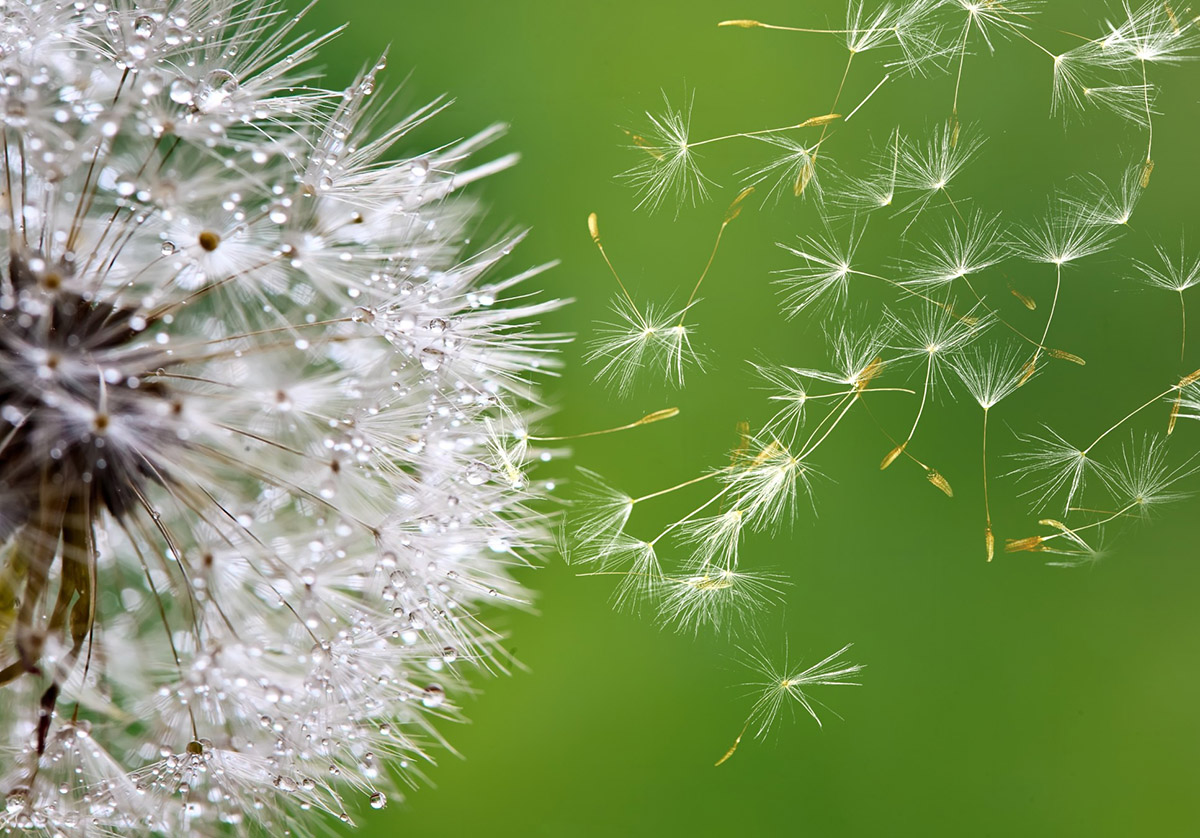
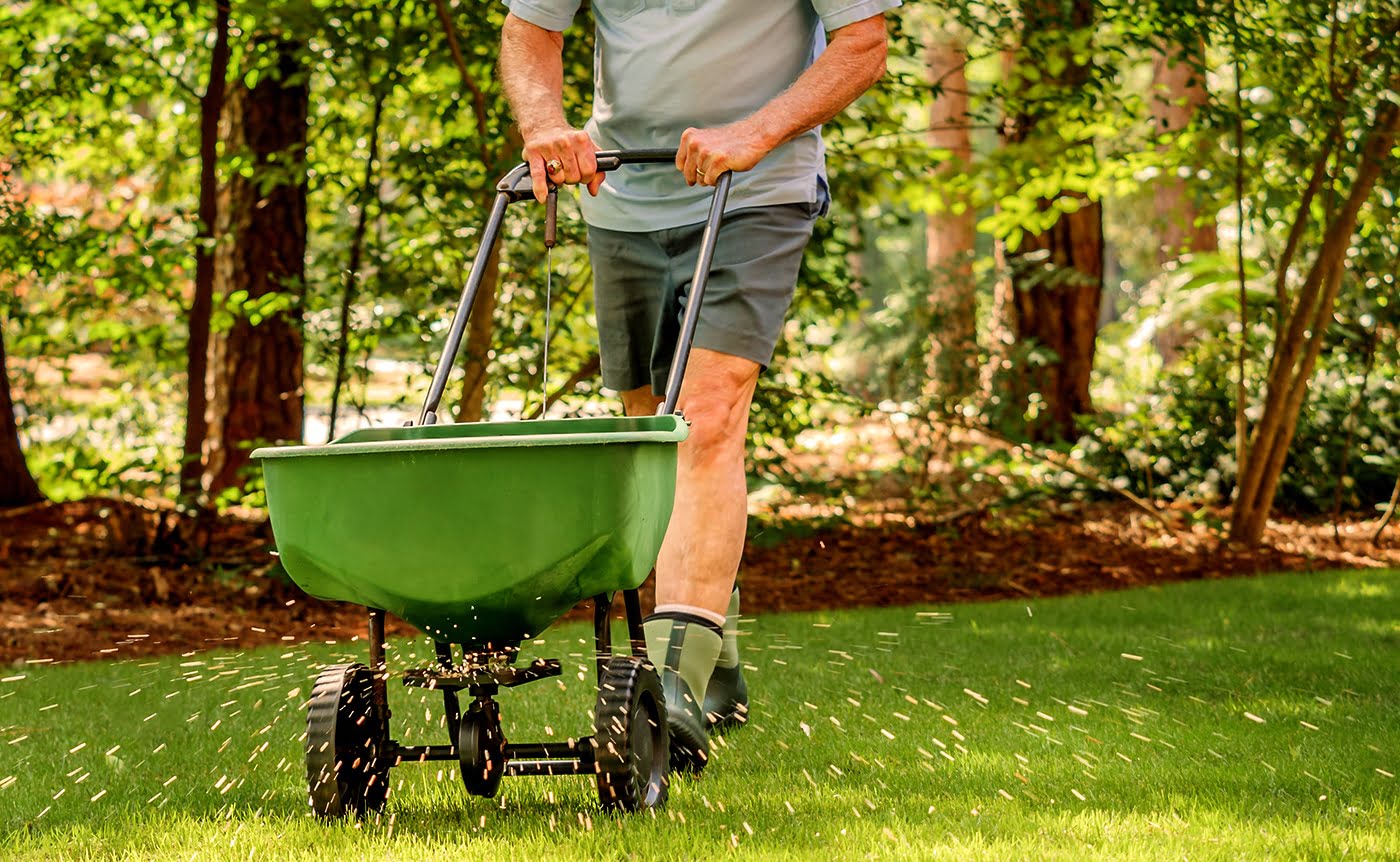
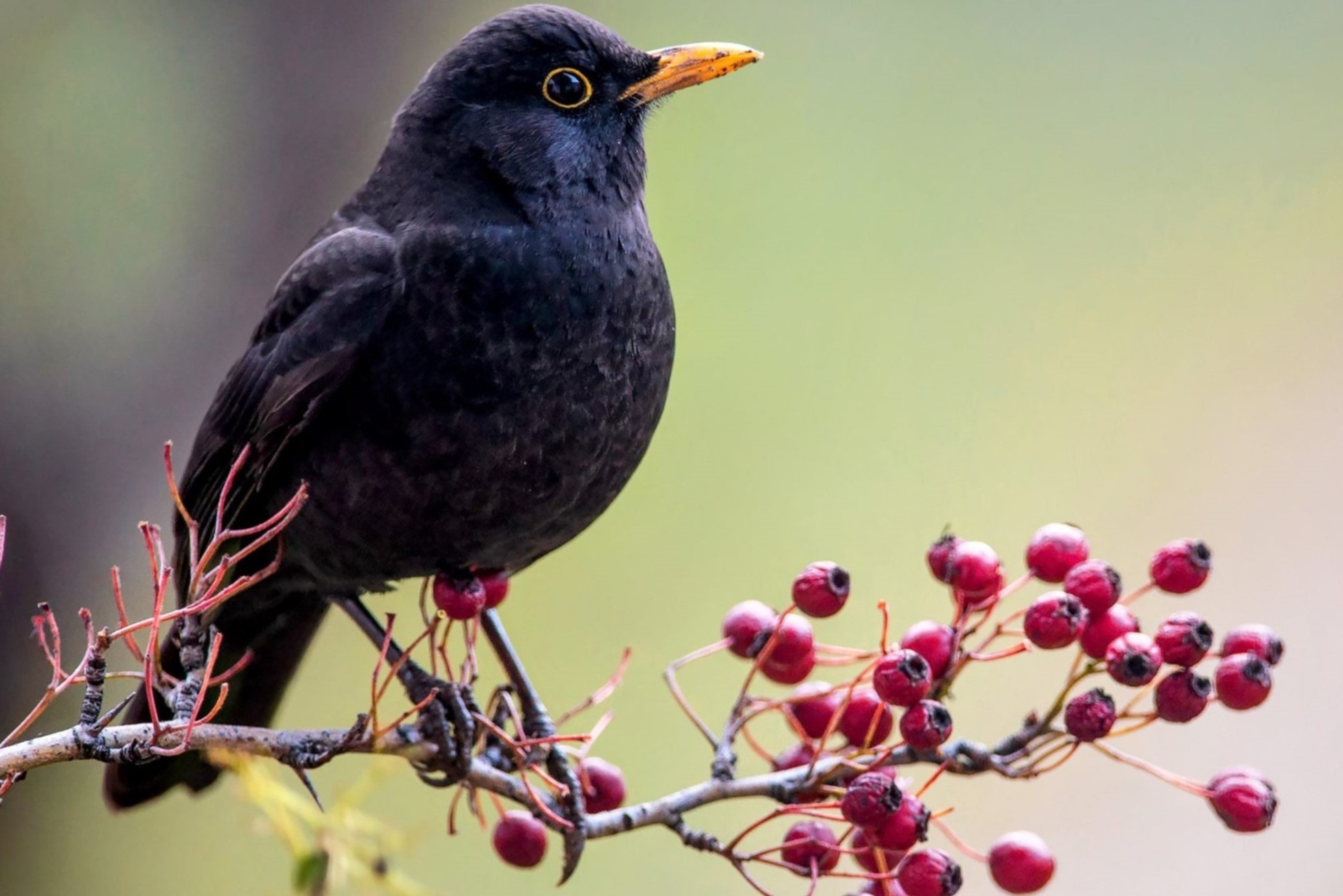
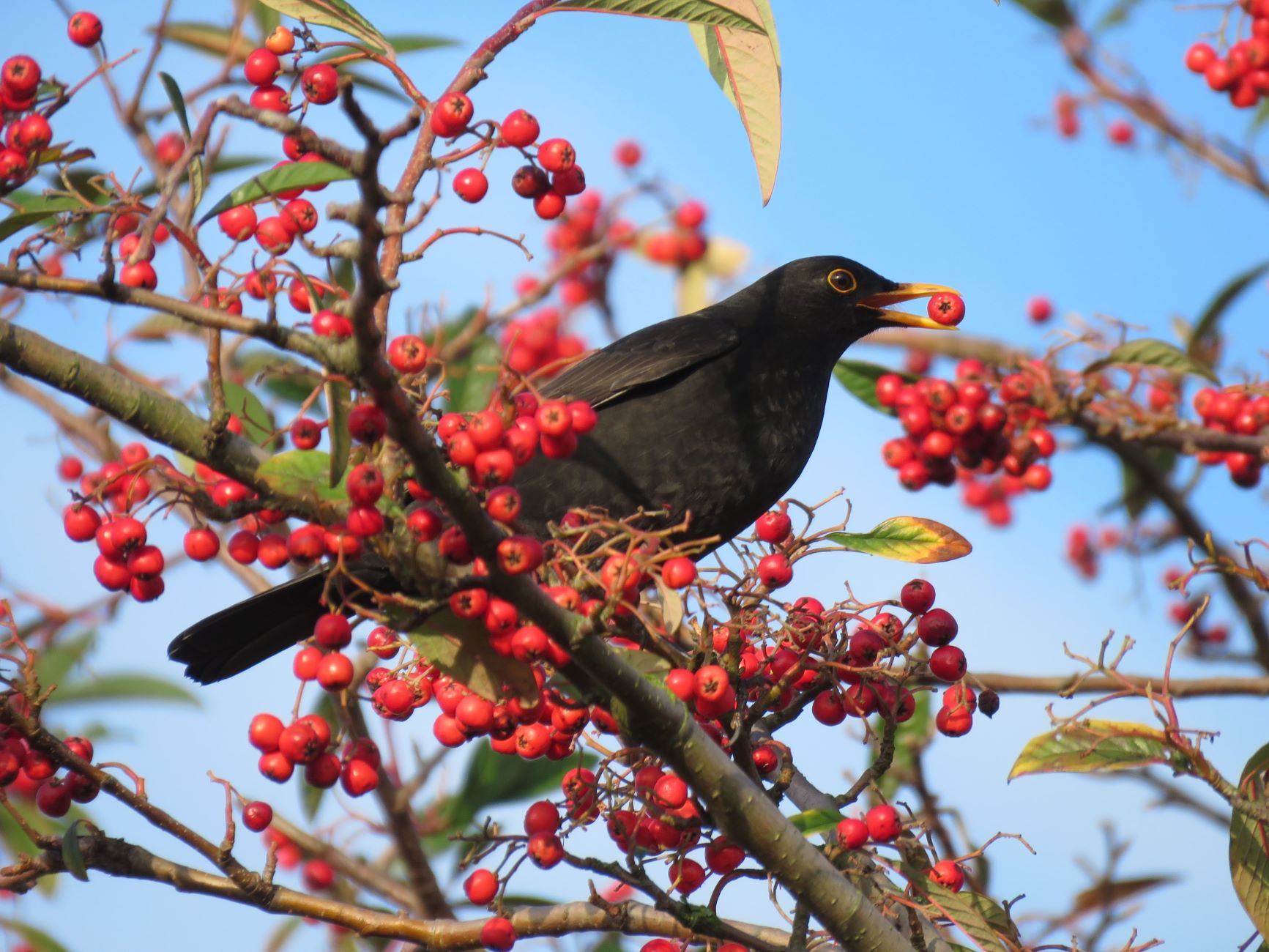
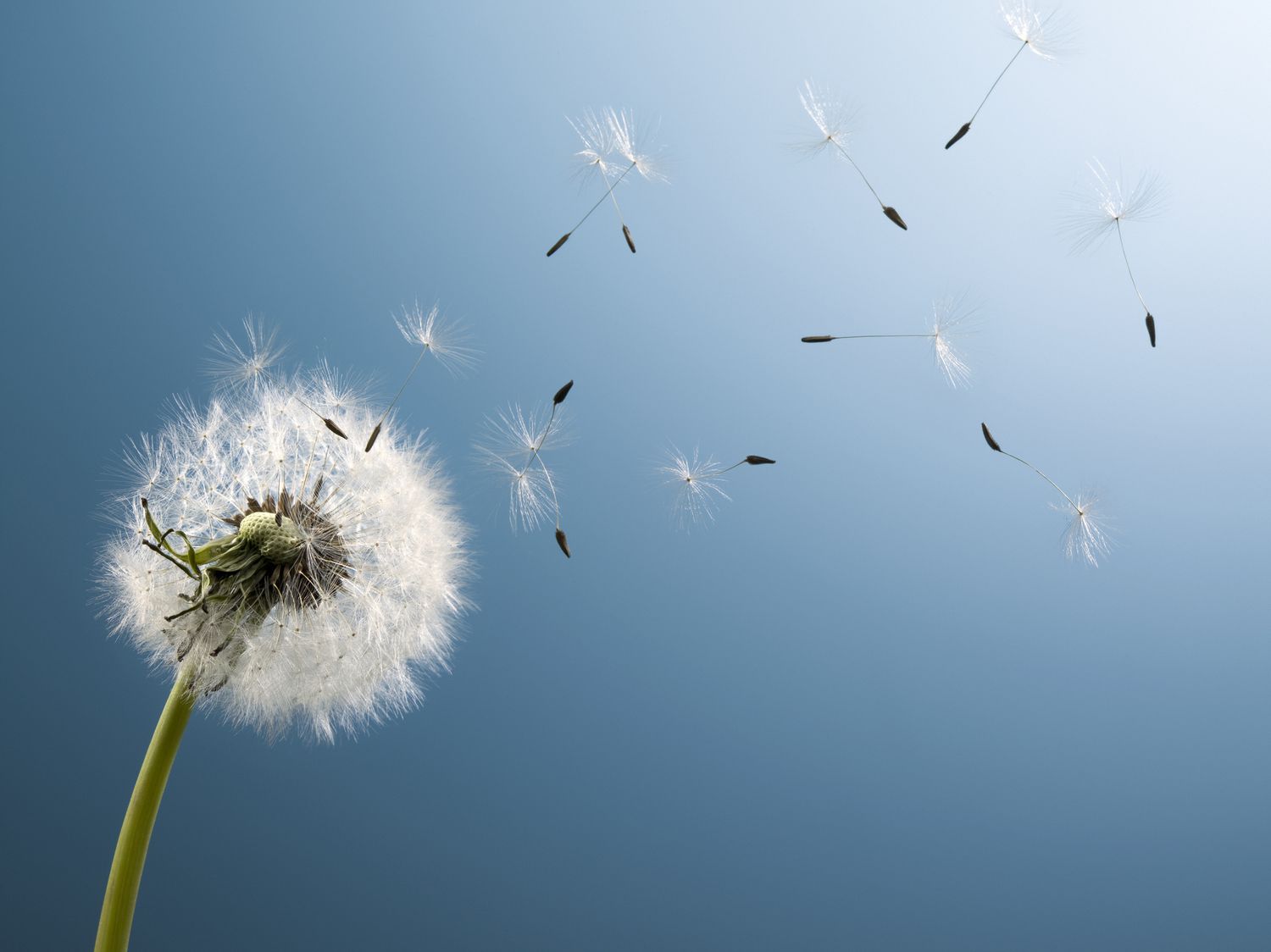
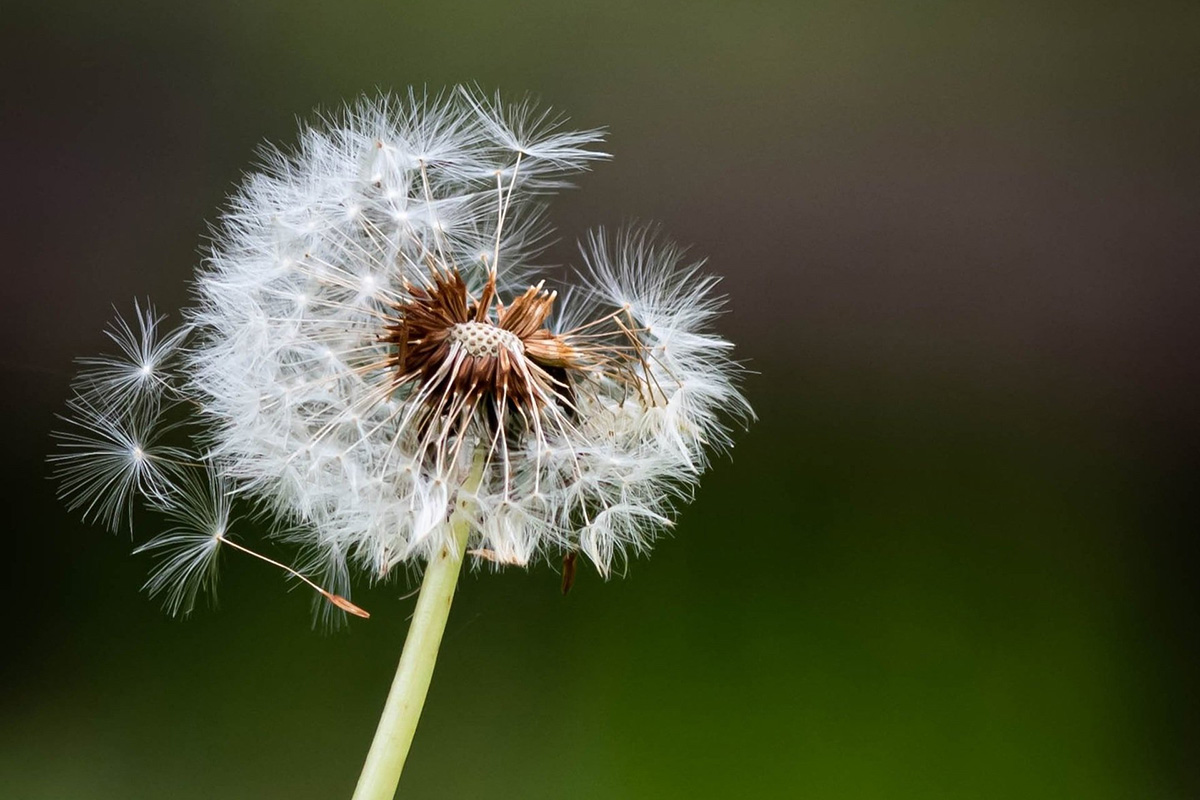
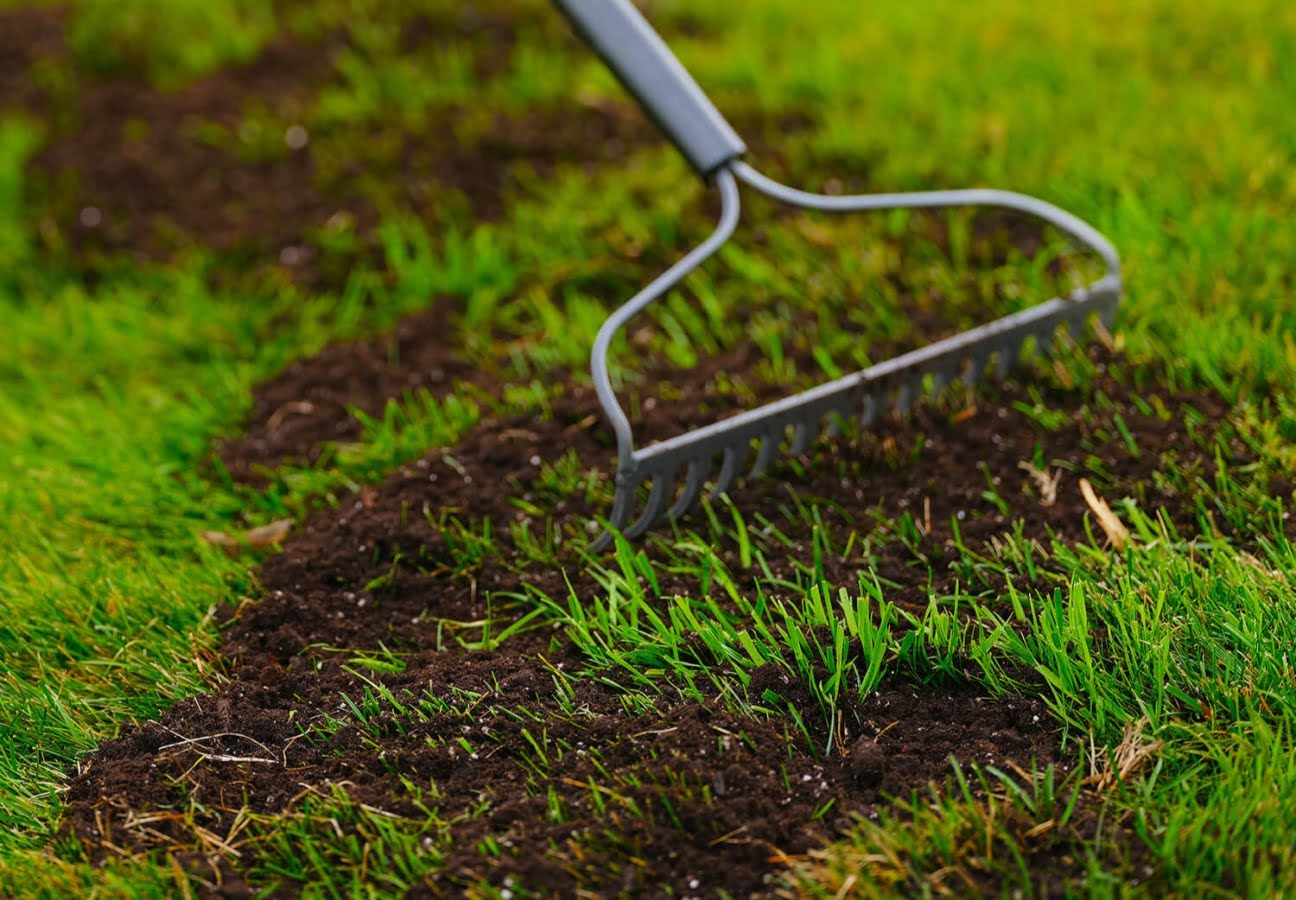
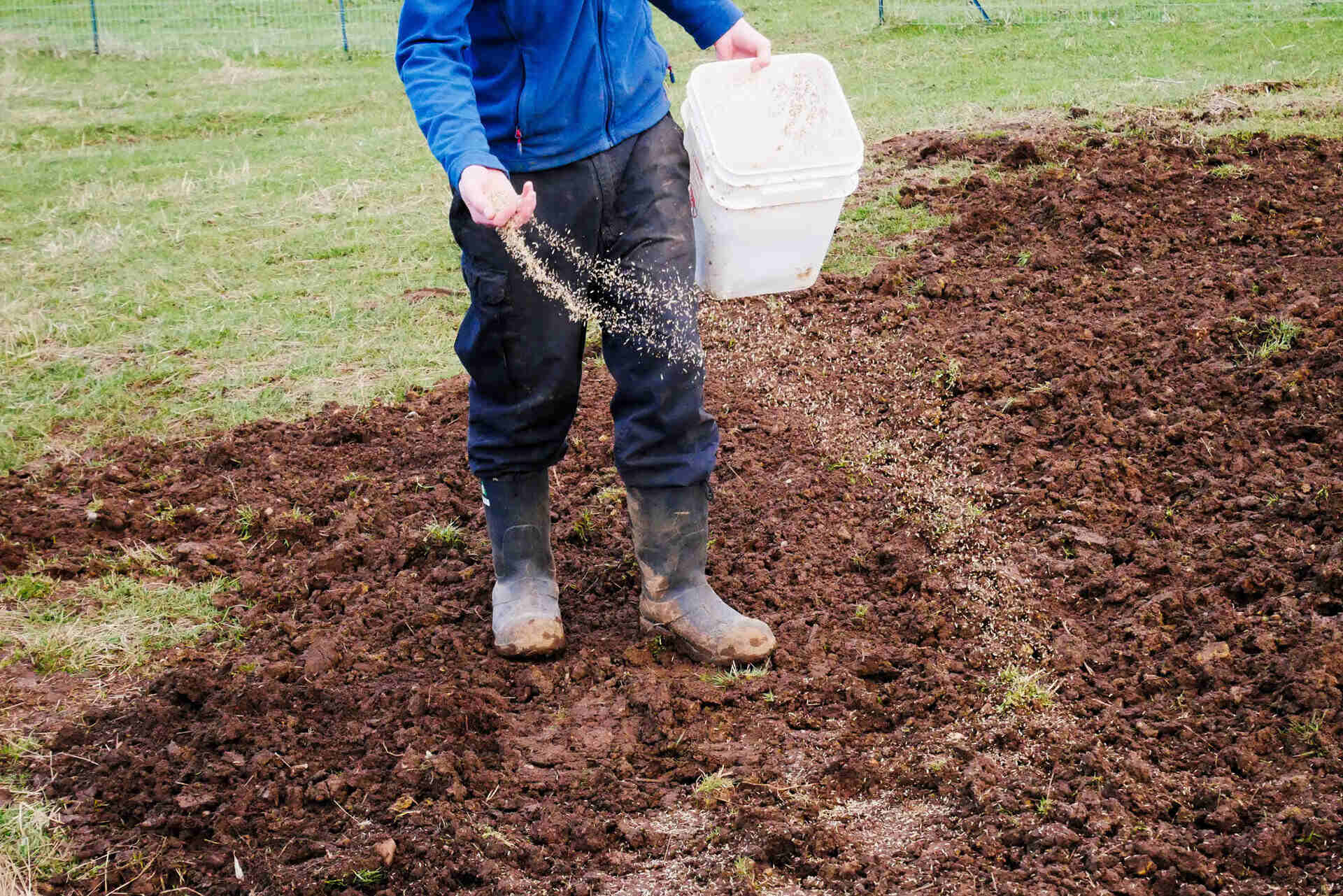
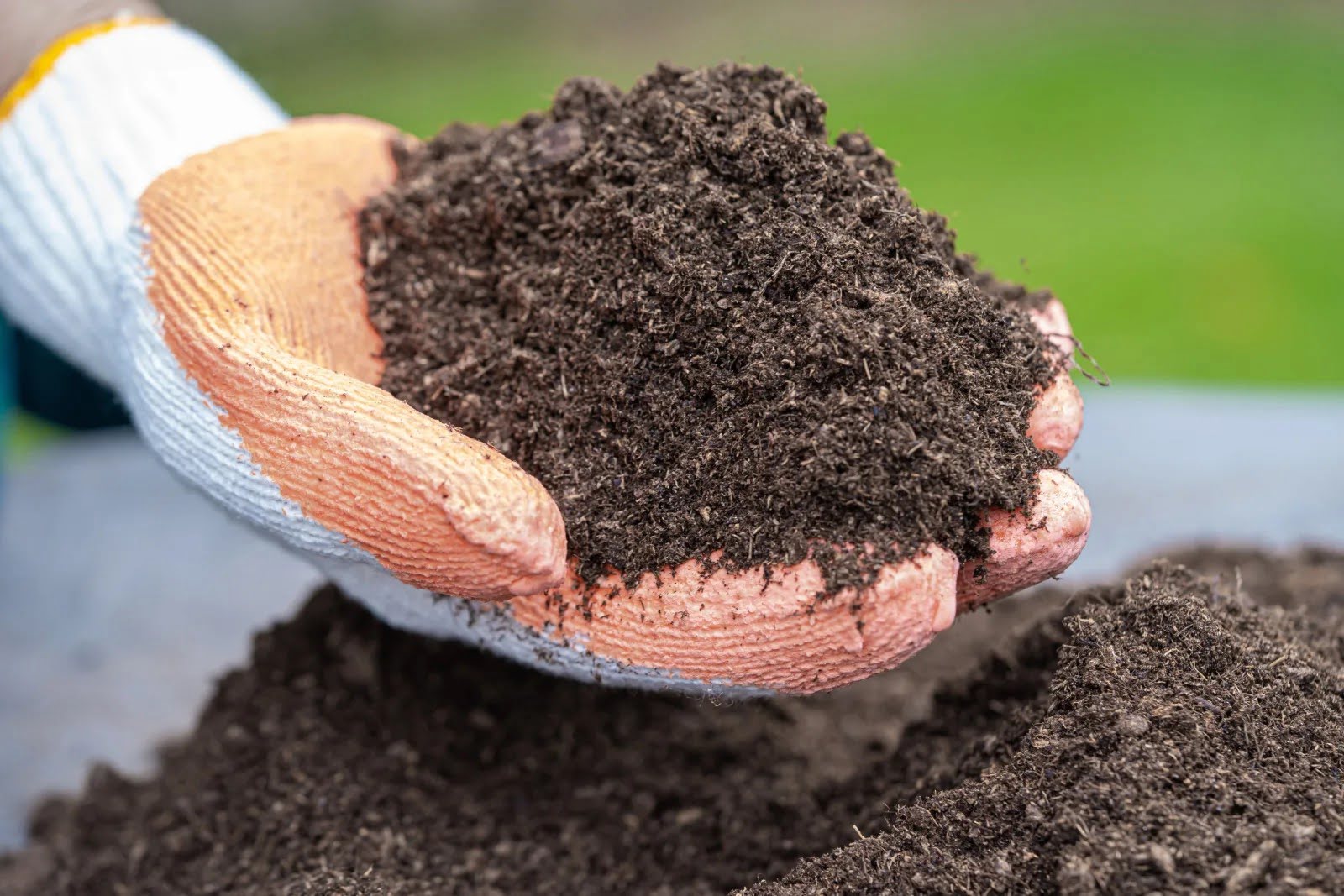
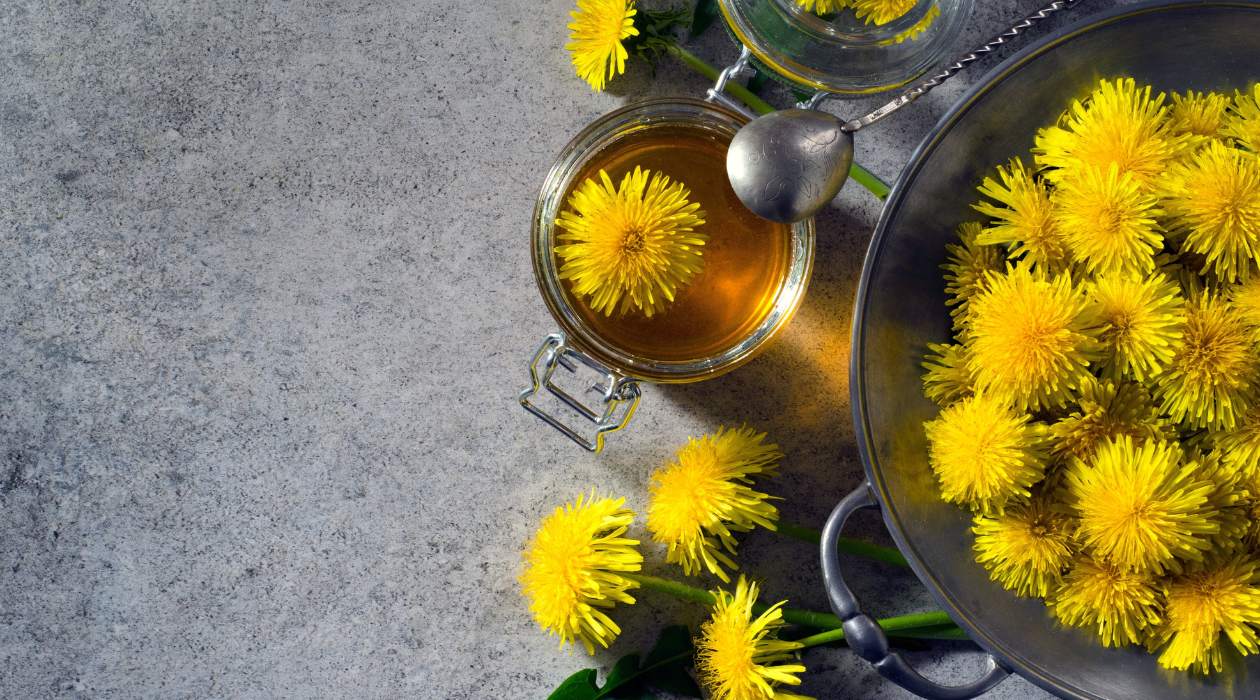
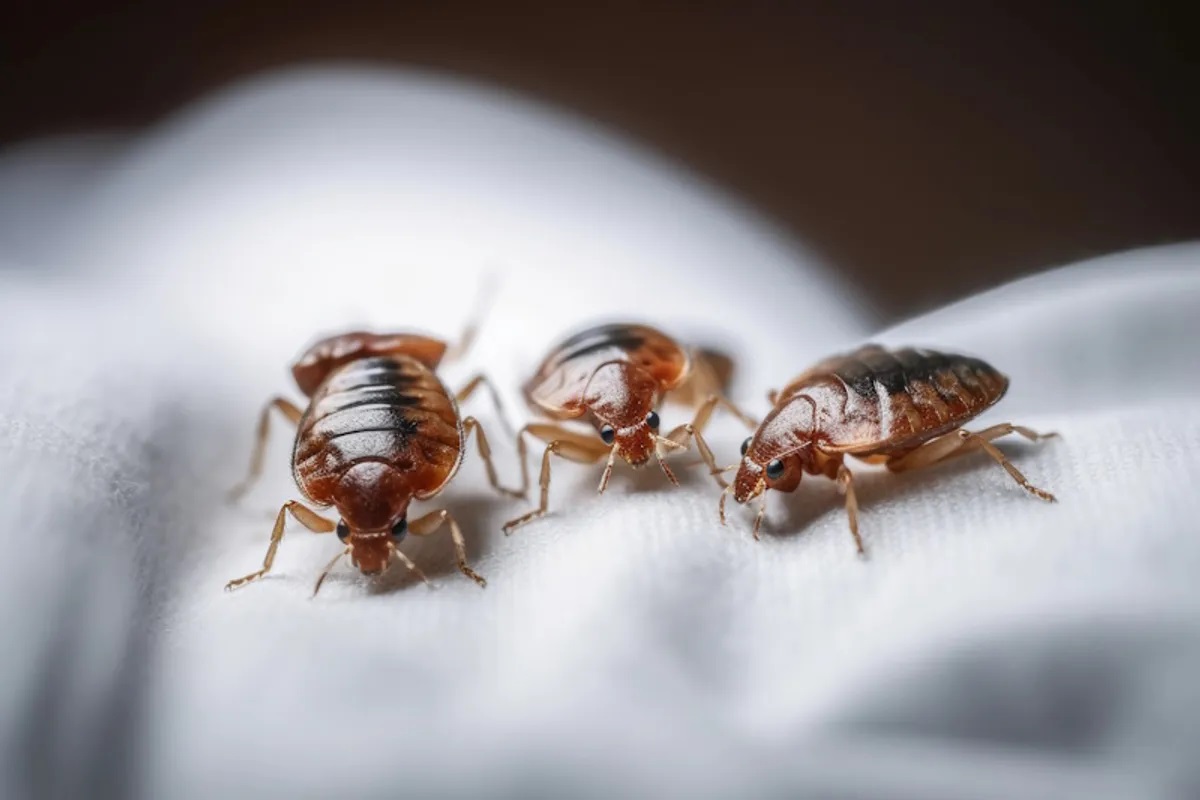
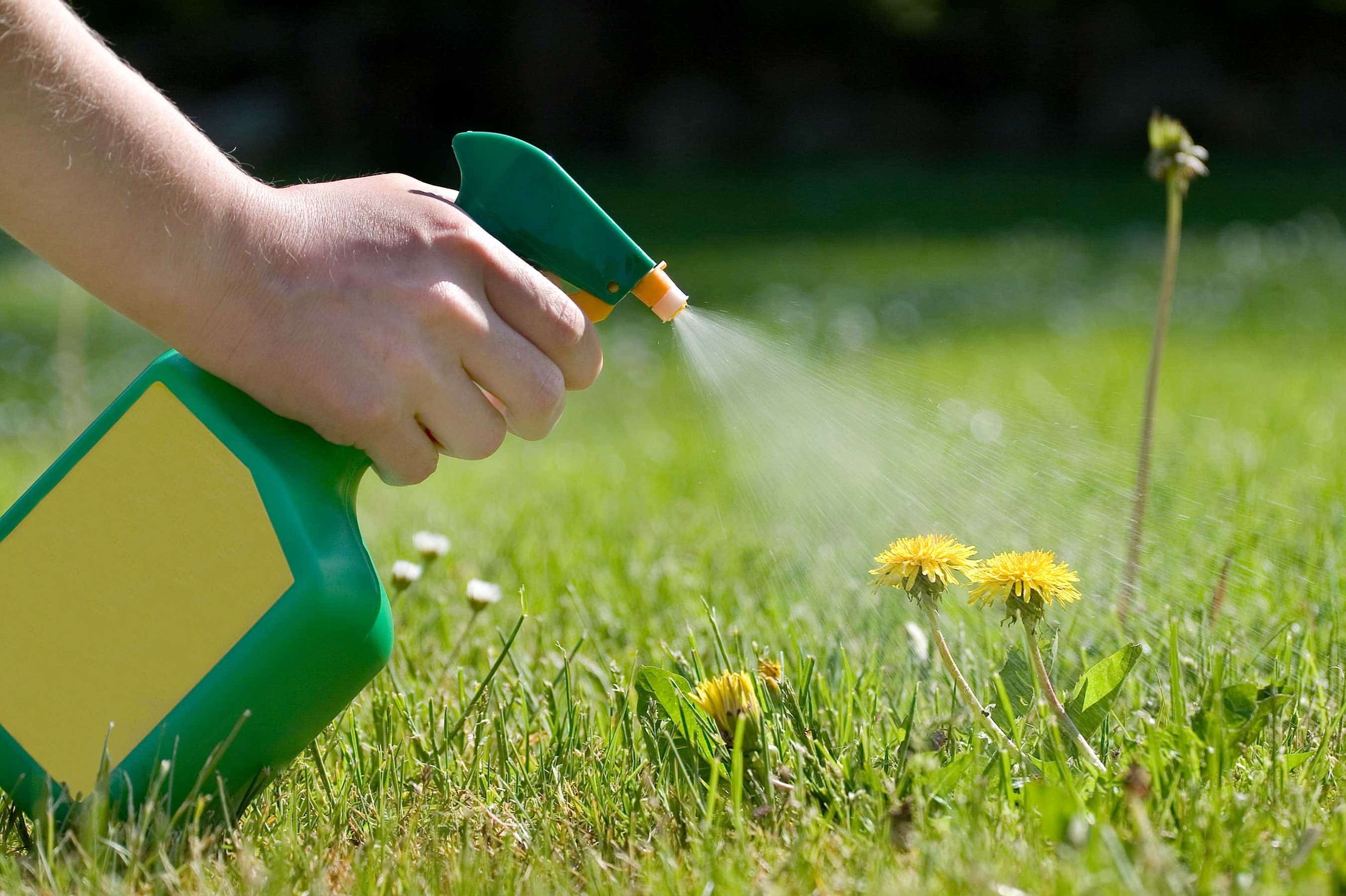
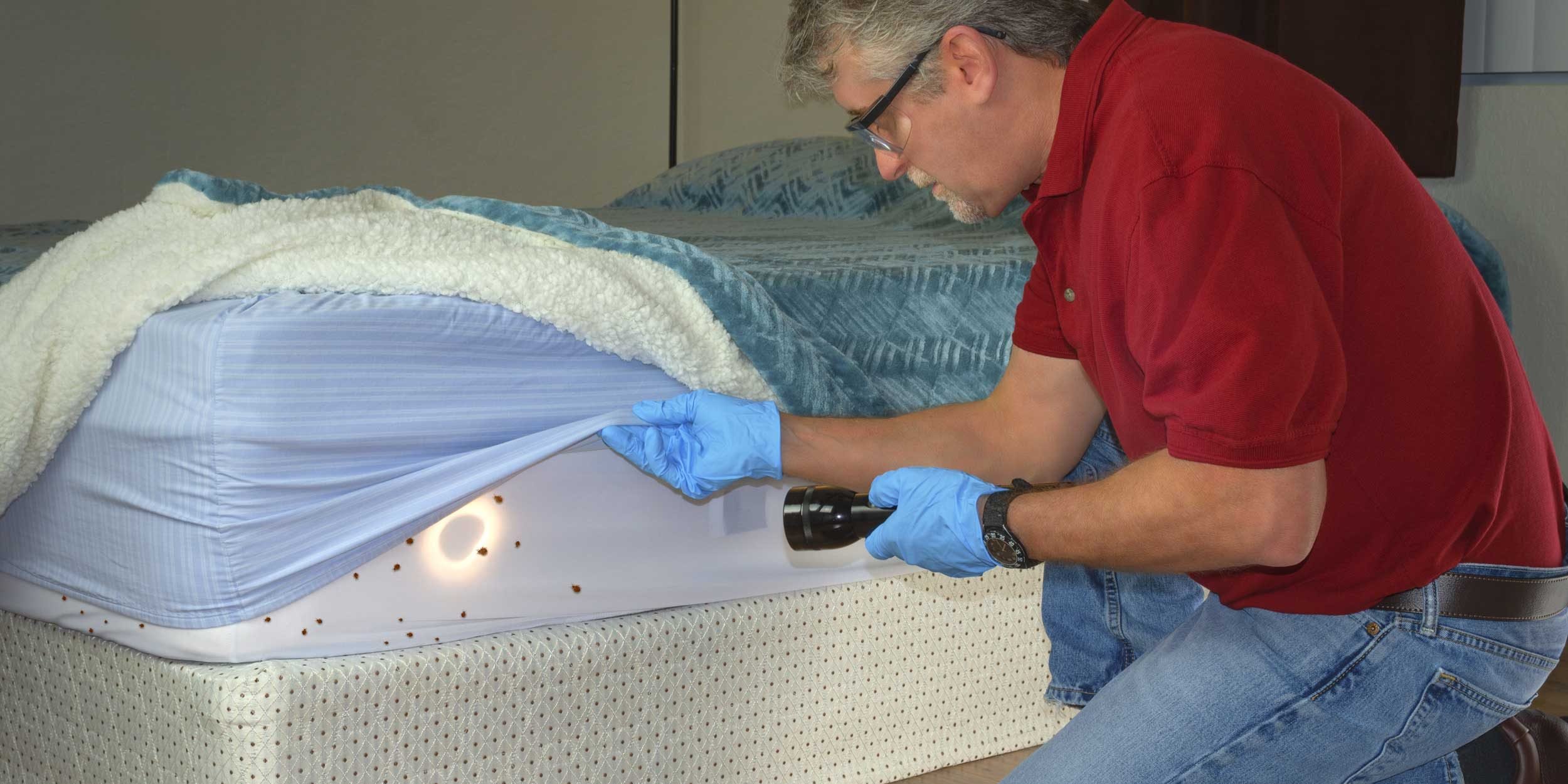
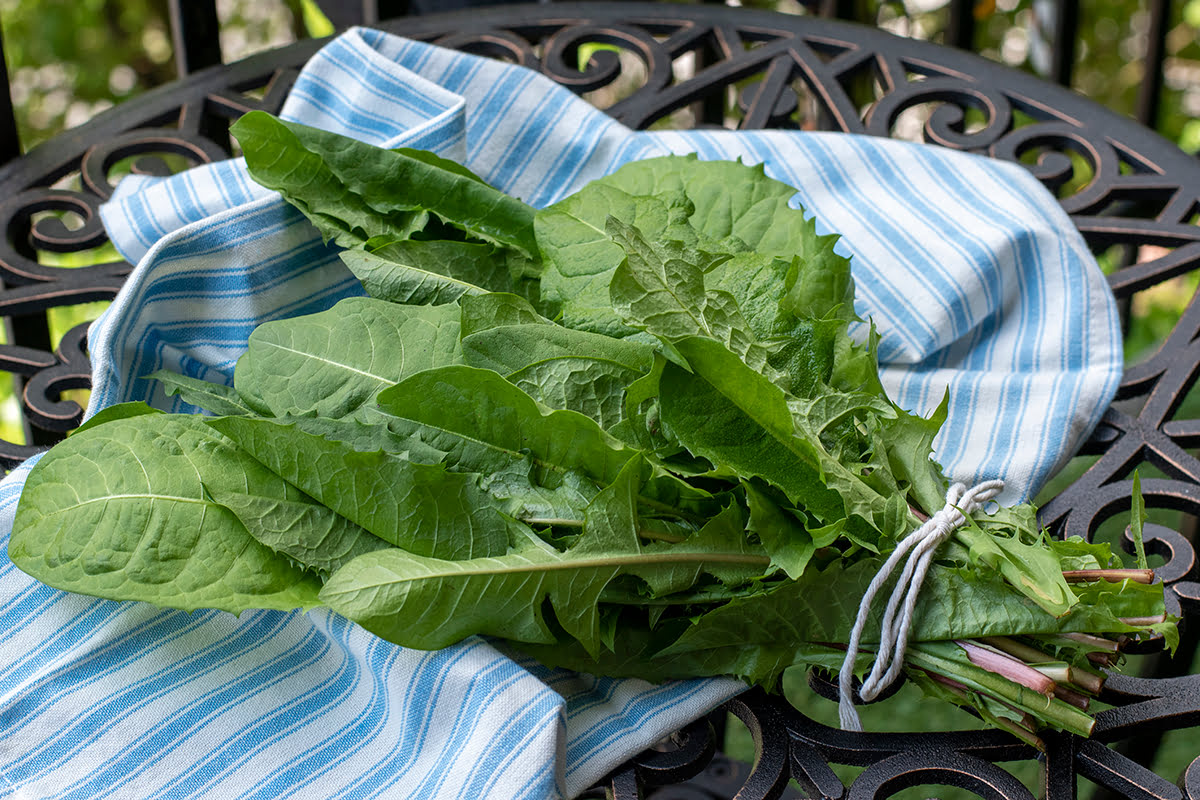

0 thoughts on “How Do Dandelions Spread Their Seeds”